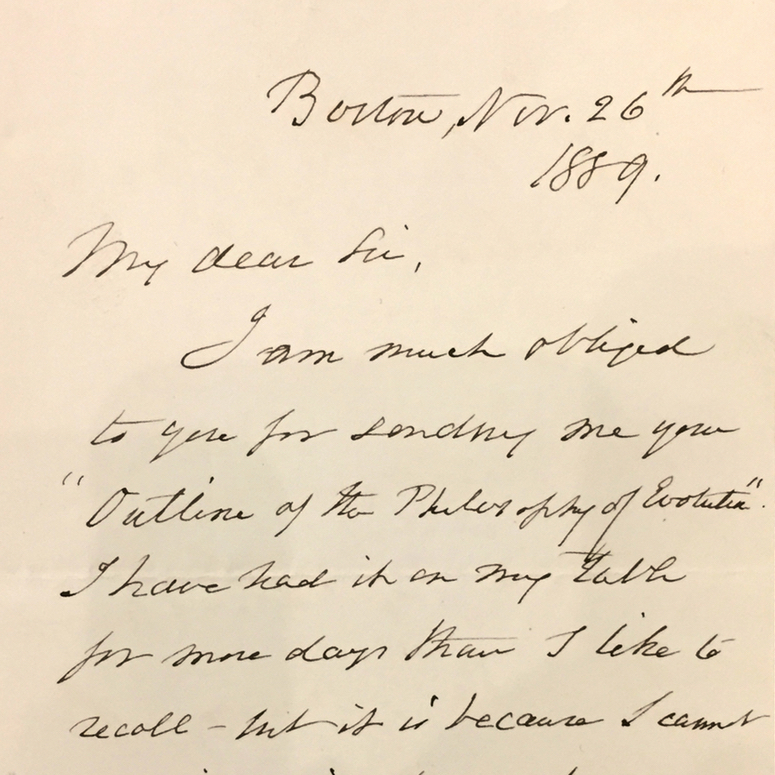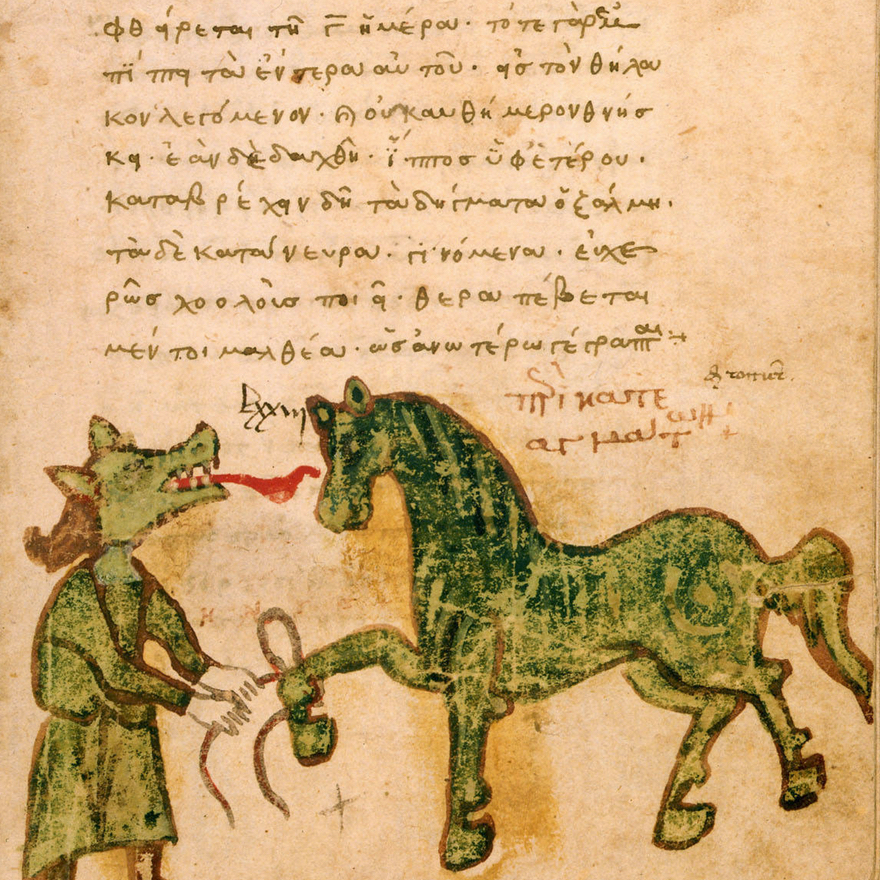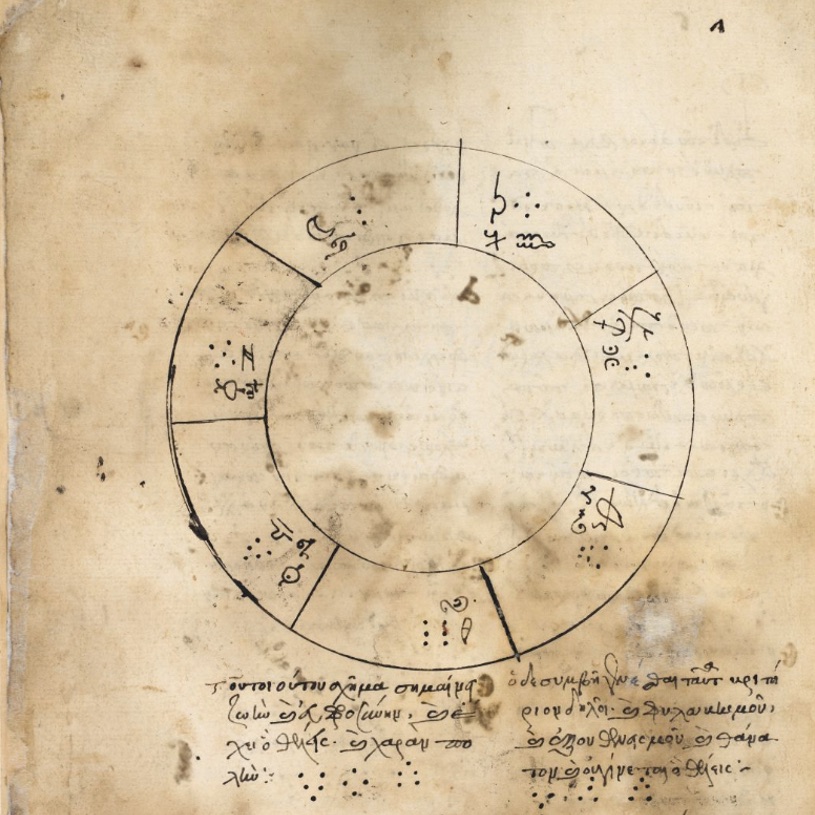From about 1505 until the late 1520s Georg Tannstetter produced astrological wall calendars like this one, often in both Latin and German. Most of his calendars were calculated for Vienna, where he was a master at the university at first in the liberal arts faculty and later in the medical faculty. His name and reputation […]





